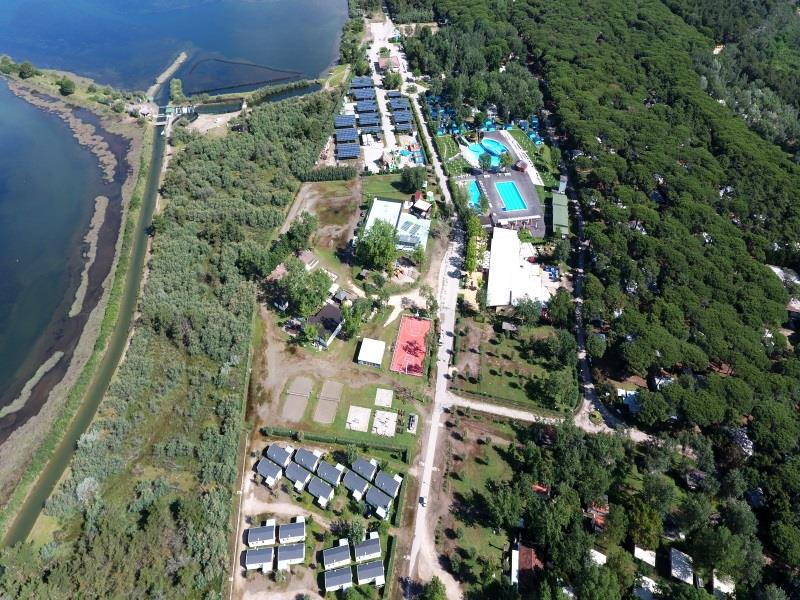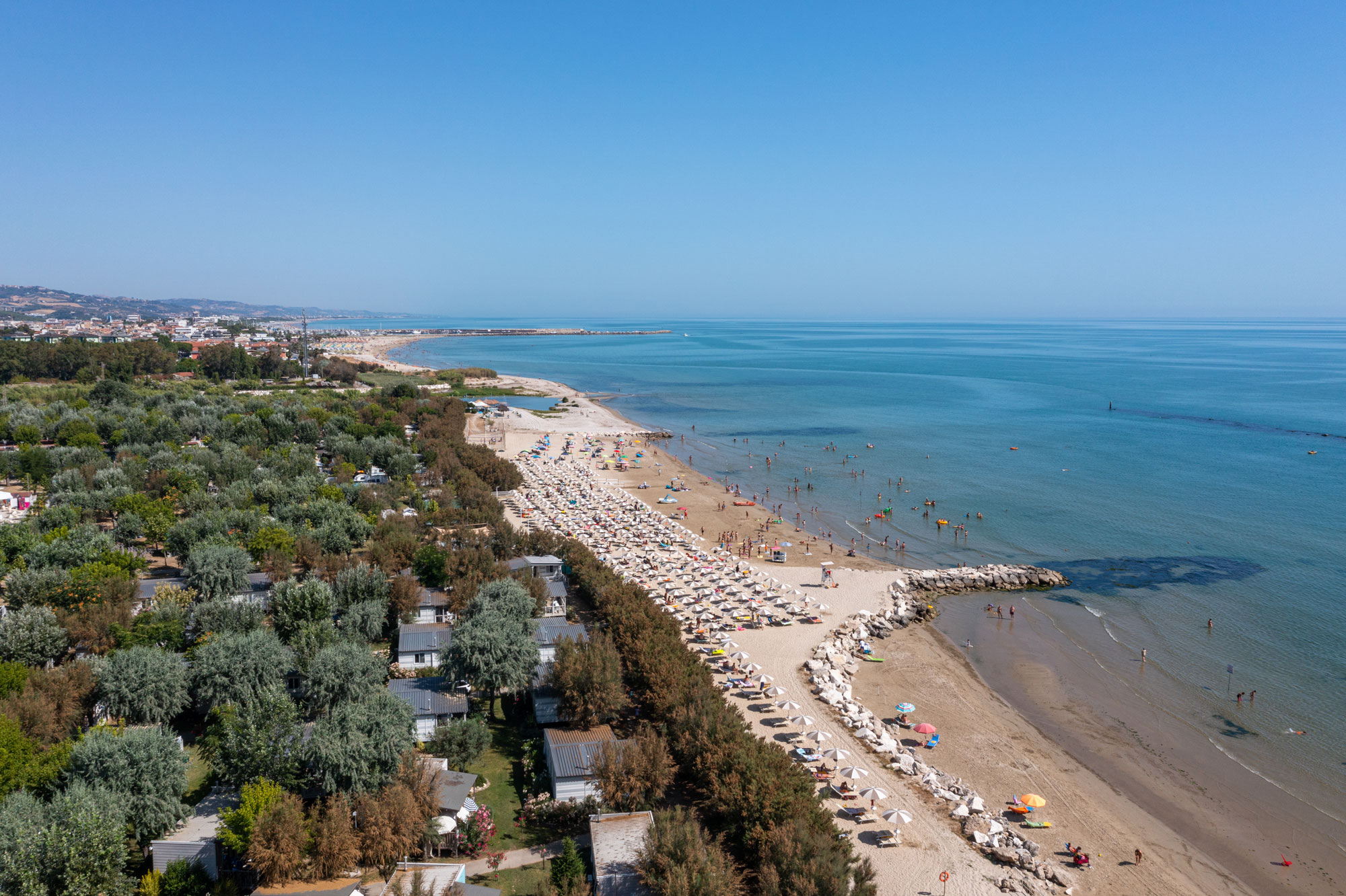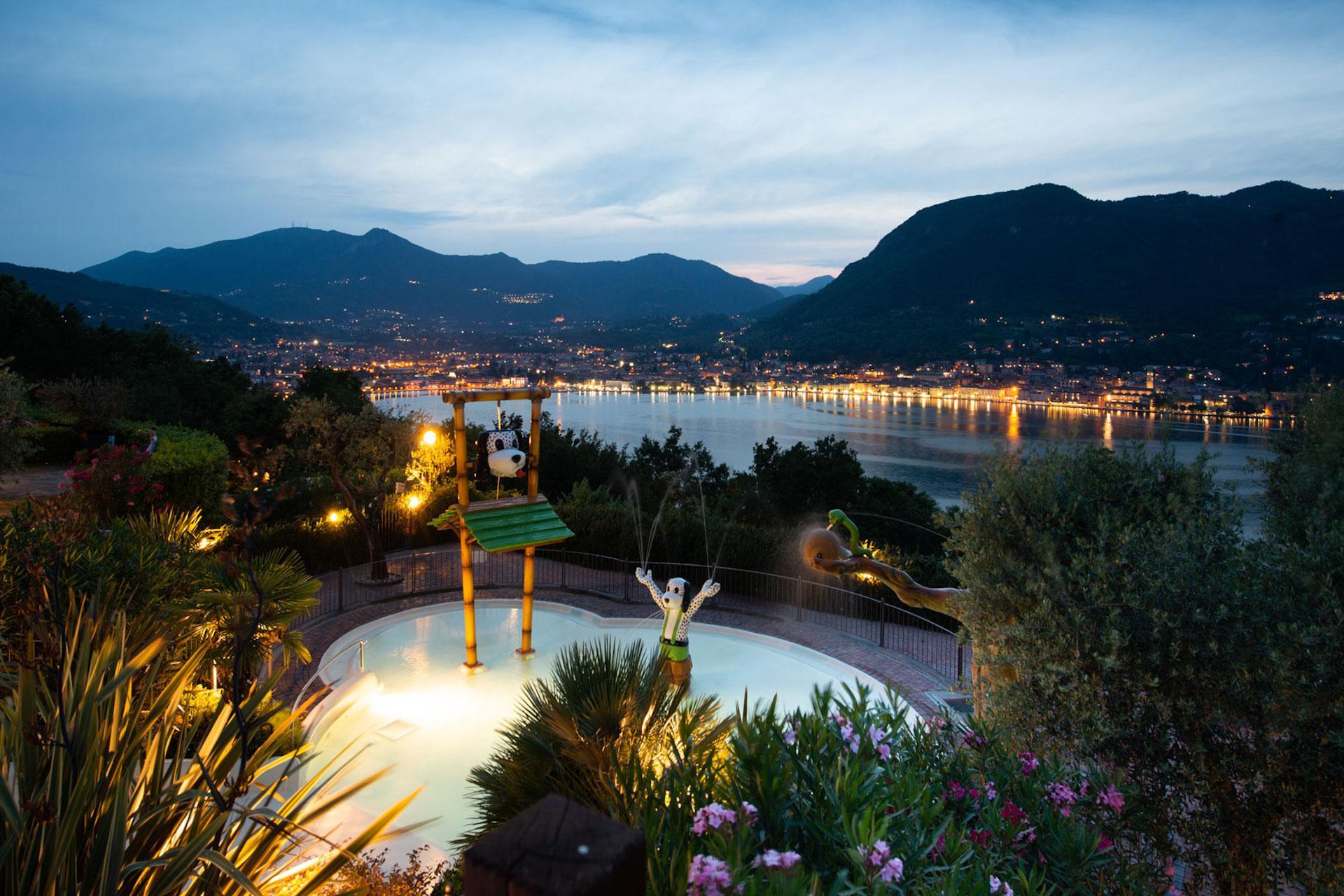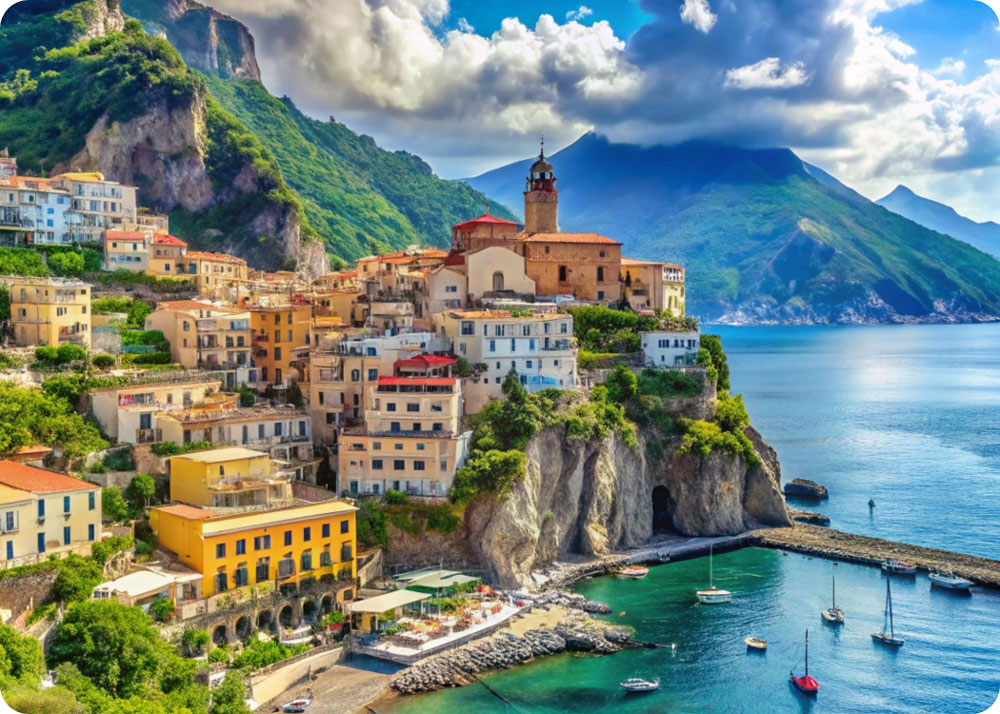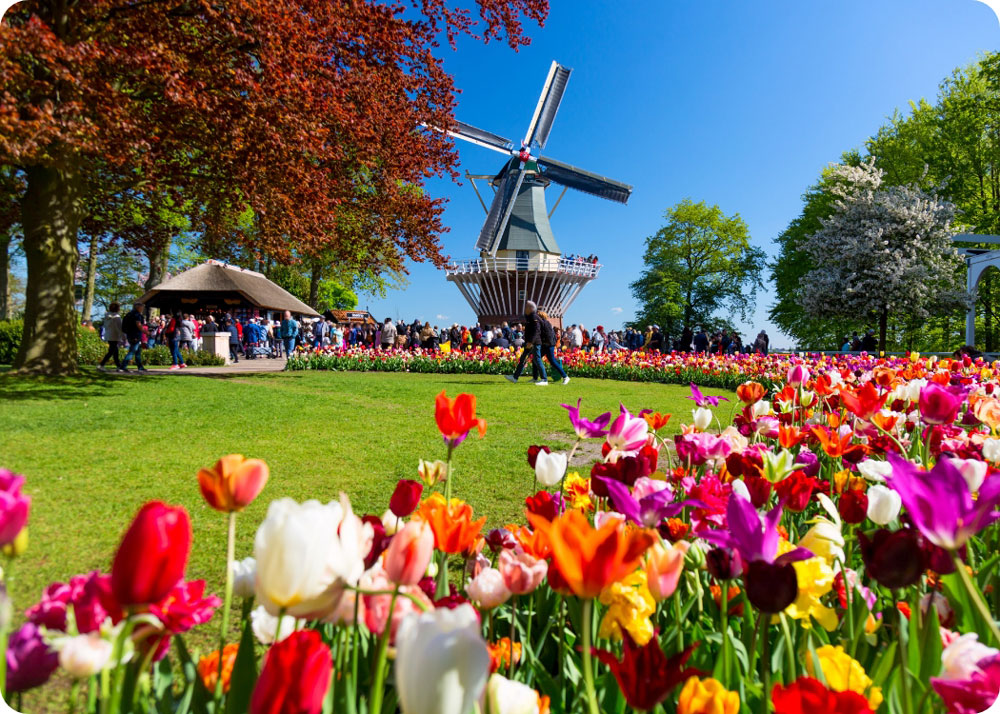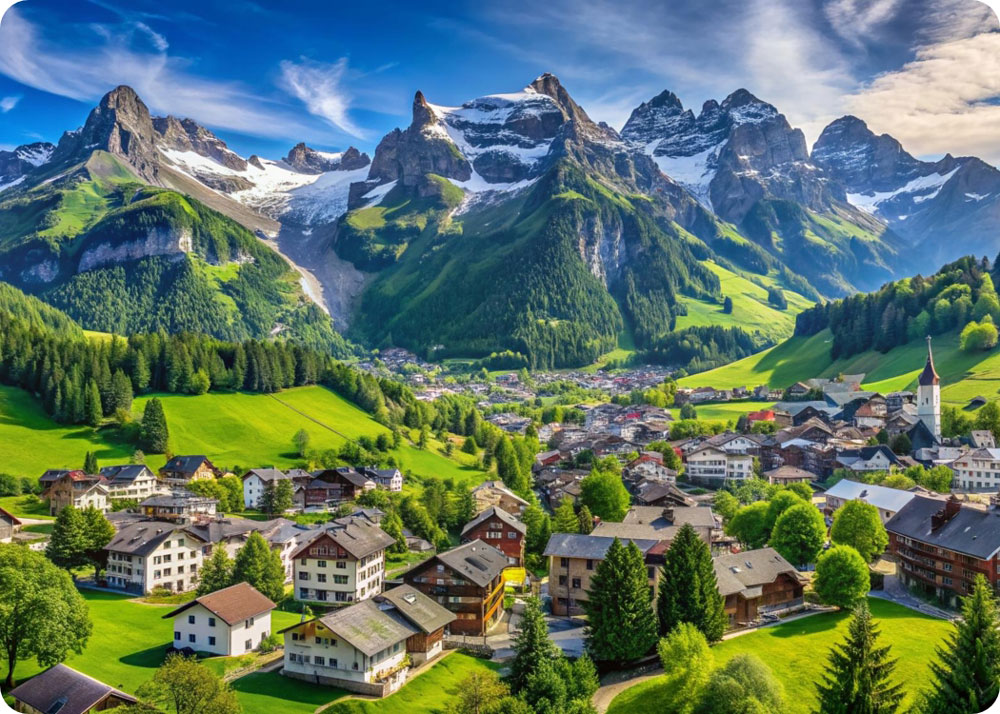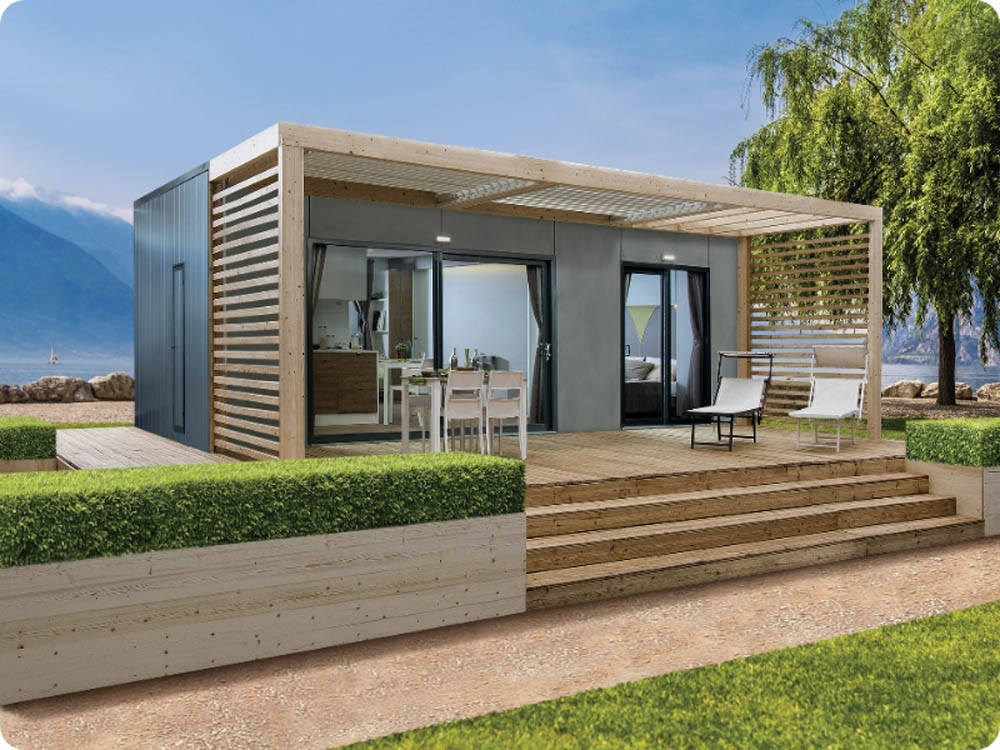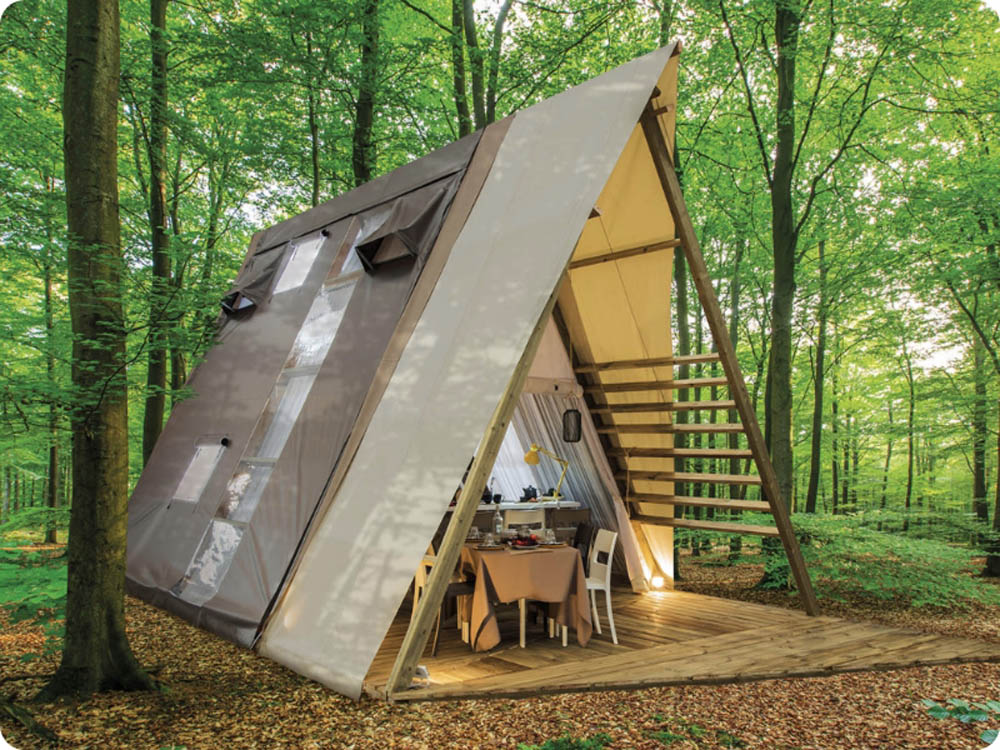What is Slow Travel: experiencing travel at a leisurely pace
Imagine closing your eyes and hearing the slow and steady sound of sea waves, the smell of an authentic breakfast in a mountain village, or simply the pleasure of exploring a small alley without hurrying. There, in these simple images lies the soul of Slow Travel. In an increasingly fast-paced world, indulging in a slow tourism experience means recapturing the sense and taste of travel, rediscovering the wonder of places through the eyes of those who live there.
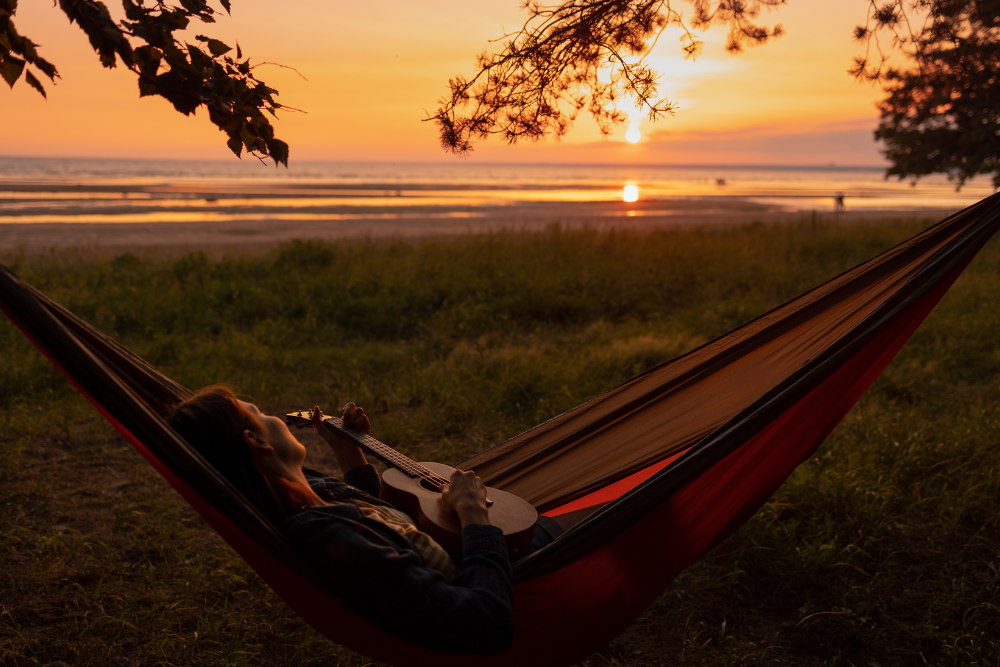
Table of contents
Origin and philosophy
Slow travel originated as an extension of the idea of “slow living,” a cultural movement that took hold in response to the acceleration of daily rhythms. Its oldest roots can be found in some Eastern traditions, which have been practicing slowness as a fundamental value of living for centuries.
Its philosophy is based on 3 essential concepts: respect for the places visited, the desire to tiptoe into an area to understand its traditions and culture, and the willingness to give each experience the time it deserves. Traveling slowly thus becomes an opportunity to regenerate physically and mentally, transforming each stage into a precious memory.
The Benefits
Sustainability and environmental friendliness
One of the main benefits is its inherent sustainability. Moving more slowly and mindfully often means preferring low-impact means of transportation, buying local products and reducing waste. When you have more time on your hands, you break down the “hit and run” frenzy and are able to create a more genuine contact with nature and places, helping to preserve their beauty and resources.
Well-being and connection with the local community
Slow travel is not just about environmental benefits; it also has a profound impact on personal well-being and the quality of the travel experience. Allowing yourself more time to visit neighborhood markets, taste traditional dishes and talk to locals allows you to create authentic relationships. In addition, slowing down the pace helps reduce stress, improve one's inner balance, and rediscover the pleasure of being amazed by every single detail.
3 Practical tips for slow travel
Flexible planning and stress relief
The first step in embracing a slow travel style is to plan flexibly. Instead of filling your itinerary with rigid stops and schedules, give yourself room for freedom and improvisation. Having fewer constraints allows you to better handle unforeseen events (which are always around the corner when traveling) and to let yourself be carried away by the inspiration of the moment.
Enhance the local culture and traditions
Discovering the local reality means not only visiting the main monuments, but also attending village festivals, sleeping in typical lodgings, or enjoying a tea ritual in a historic café. Every corner of the world has its own customs and specialties: stop and taste local products, get close to people, and chat about daily customs, grandma's dishes, or local legends.
Choose low-impact modes of transportation
Moving slowly also often involves alternative means of transportation, such as cycling, train (not necessarily high-speed) or even the good old-fashioned walking route. Not only do you reduce your environmental impact, but you have the opportunity to look around more carefully, discovering unexpected views, breathtaking scenery or small details that would go unnoticed in a car.
Different types of Slow Travel
Travel on foot, by bicycle and by train
Slow travel comes in a thousand facets. Walking is one of the most authentic experiences: the rhythm of the steps gives a direct contact with nature and its times. Alternatively, biking is an excellent ally for those seeking a compromise between a spirit of exploration and a dash of adventure, while the train offers the chance to admire ever-changing landscapes, leaving room for a relaxed pace and moments of contemplation from the window.
Long stays and minimal itineraries
Another type of slow travel is represented by long stays in a single destination, where one lives in close contact with the local community. In these circumstances, light activities and “minimal” itineraries are preferred, where even a simple walk in a park becomes an opportunity to appreciate the surrounding nature. The idea is to reduce complexity, to leave room for small daily discoveries and to immerse oneself in the routine of the place one is visiting, almost like a temporary inhabitant.
Glamping and Slow Travel: a perfect match
Glamping is the perfect solution for experiencing slow travel in total harmony with nature, yet without sacrificing comfort. Imagine sleeping under a starry sky, but in a stylishly furnished tent, surrounded by all the amenities necessary for a pleasant stay. On the one hand, the contact with the surrounding environment encourages a deep and relaxing immersion; on the other hand, the “glamour + camping” formula guarantees a level of comfort that makes the trip unique. Why choose glamping? Simple: it allows you to slow down and reconnect with nature, regaining a balance that we often lose in everyday life. And at the same time, glamping is the ideal starting point to explore the surrounding region with a slow approach: from tasting local products to taking long walks, everything happens with calm and genuine curiosity.

Piemonte: glamping among nature and tradition
Imagine a land where lush countryside meets snow-capped mountains,... continue reading
Open-air veneto: a trip in the north-east
Discover Veneto as you never imagined it: nature, food, culture, and... continue reading
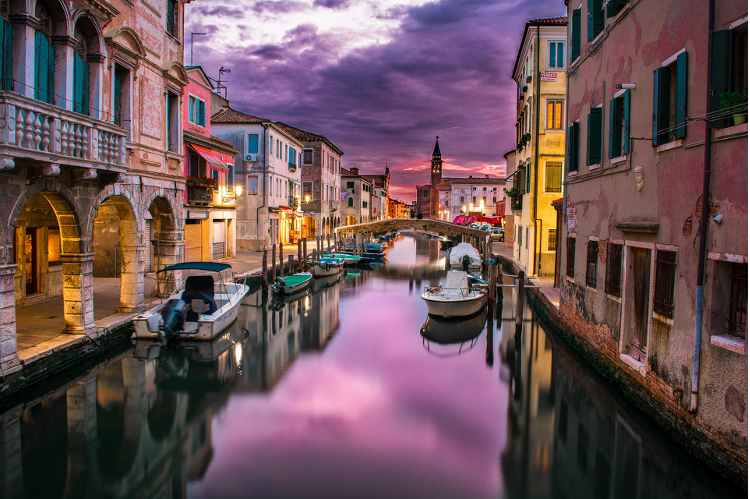

Find your dream holiday
Browse all glamping options to enjoy a one-of-a-kind stay experience
Dream destinations in Europe
